Unlock Your Writing Potential with a Free Trello Template
Written on
Chapter 1: Introduction to the Chaos to Clarity System
The “Chaos to Clarity” writing framework is designed to help you manage the complexities of your writing project. By utilizing a straightforward Trello template, you can navigate through the chaos of writing your first or next novel.
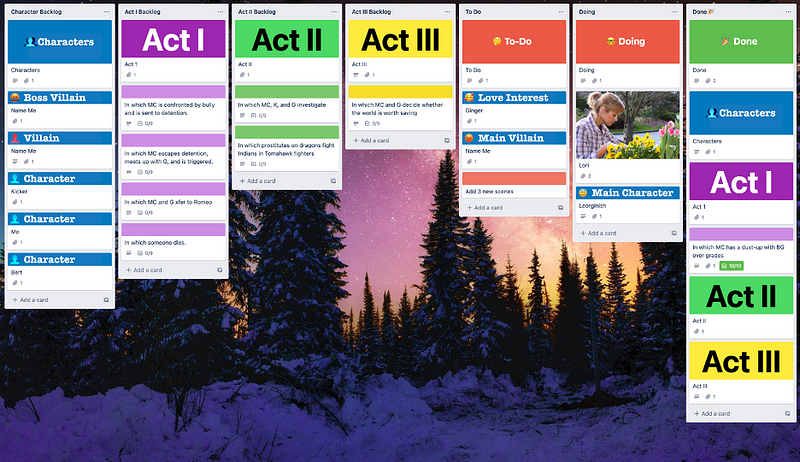
The Power of the Chaos to Clarity System
Tackling large writing projects can be daunting. It's often difficult to initiate the process and maintain a steady rhythm when the end goal feels distant. The key is to build a habit of consistency by concentrating on manageable tasks that are:
- So simple that they are virtually fail-proof,
- Designed to keep you moving forward consistently, and
- Capable of tracking your progress toward your ultimate goal.
A structured system can break down a monumental task—like writing a book—into smaller, achievable actions, such as crafting a single sentence. By completing these smaller tasks, you ultimately reach your overarching objective.
The most effective systems prioritize consistent effort over only celebrating significant milestones. This approach helps avoid the emotional highs and lows associated with major achievements, favoring instead a pattern of small, positive accomplishments that reinforce good habits.
The goal is to ensure that completing each task feels like a victory, allowing you to establish a comfortable routine until your objectives are achieved. Essentially, you can operate on "cruise control."
I developed the Chaos to Clarity system to address my own need for a frictionless writing process. It is designed to:
- Eliminate obstacles that hinder progress,
- Maximize adaptability without introducing unnecessary complexity, and
- Employ effective, proven techniques to ensure that your efforts are well-spent.
Getting Started with the Trello Template
Alternatively, you can refer to the “Quick-Start” guide below to familiarize yourself with the system first.
Using the free Trello template, you have the flexibility to:
- Develop all your scene cards before writing begins,
- Write spontaneously while creating scene cards to track your progress,
- Alternate between writing scenes and structuring your narrative as you see fit.
The system is designed to be supportive and unobtrusive, with the exception of a customizable scene-writing checklist.
Proven Methods for Effective Writing
I have implemented the “Best Way to Say It” writing system by best-selling ghostwriter Joshua Lisec for over 16 months. This system provides a structured approach to writing, utilizing a straightforward Brain-Dump, Restructure, and Refine checklist.
Chaos to Clarity incorporates a simplified version of Lisec’s methods into the Trello template. For your novel, you can:
- Create 50–60 scene cards, each titled with an “In which” phrase.
- Rearrange scenes to optimize your story structure.
- Complete a simplified checklist for each scene.
- As you finish scenes, move them to the appropriate “Done” section under their corresponding Act.
To appreciate the benefits of this system, it’s essential to see it in action. After developing my first few scene cards and experimenting with the checklist, I recognized that this system would propel me toward completing my next book.
Here’s a quick guide to help you get started:
Chaos to Clarity Quick Start Guide
This guide will help you swiftly initiate a new story. While you can use Google Docs or your preferred writing tool, the Trello template has been specifically tested with Google Docs.
- Each week, place all the cards you aim to complete in the “To-Do” list.
- Move cards you’ve started to the “Doing” list.
- Once completed, transfer cards to the “Done” list.
- Create your Trello board.

Setting Up Your Trello Board
- Name the board after your book title, with the option to change it later.
- Add your first “To-Do” item.
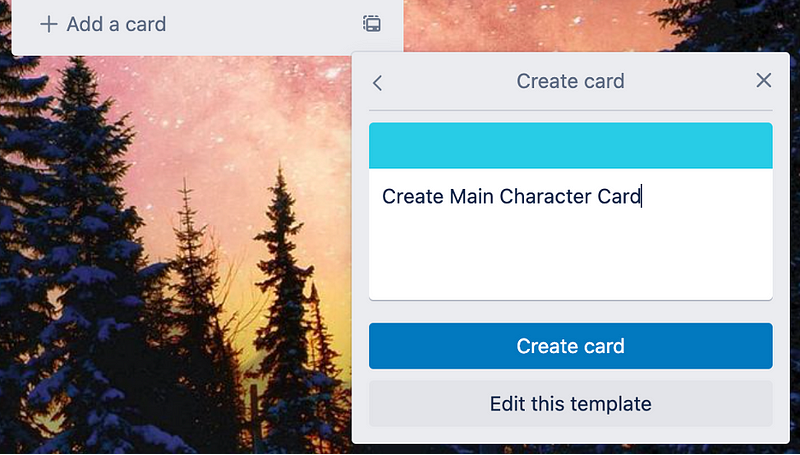
- Replace “Miscellaneous Task” with “Create Main Character Card.”
- Click “Create Card” and move it to the “Doing” list.
Developing Your Characters
- Set up your Characters list by clicking the “Characters” heading card.
- Use the “Attachment” button to link a Google Docs Character Sheet template. If you don’t have one, create one in Google Docs.
- Optionally, update the description of the “Characters” card with links to your character creation resources.
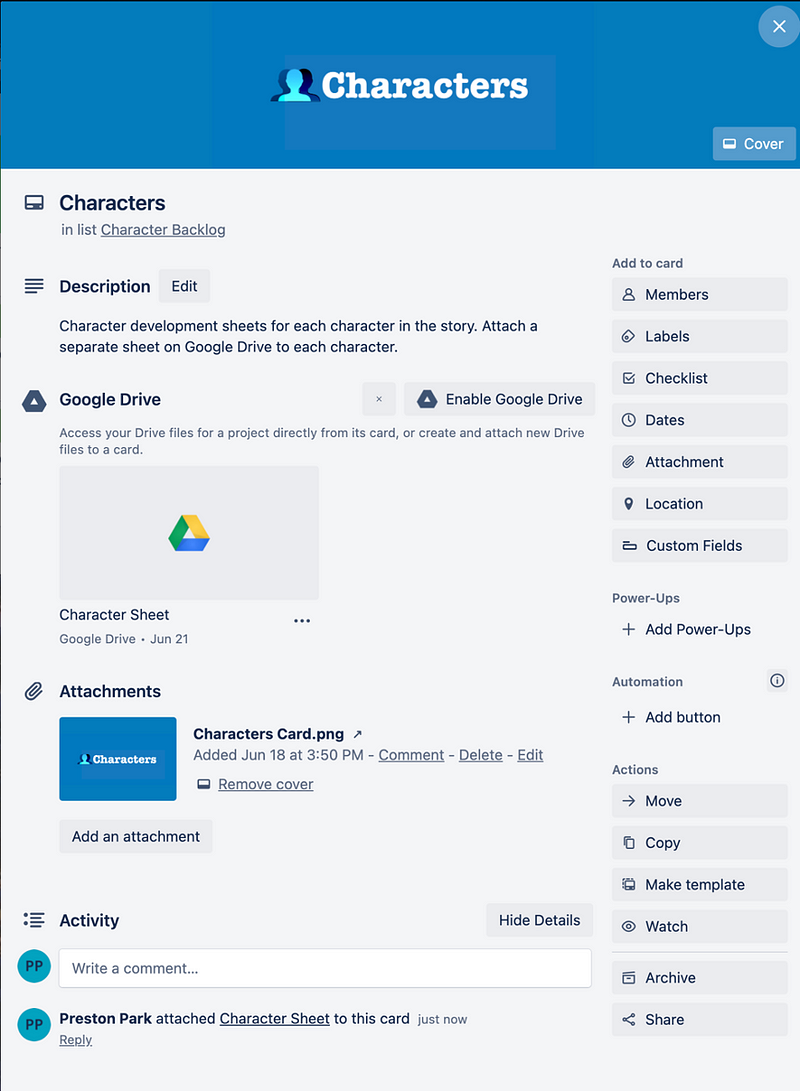
- Create your Main Character Card by copying the character sheet and naming it accordingly.
- Add any relevant descriptions or images to the card.
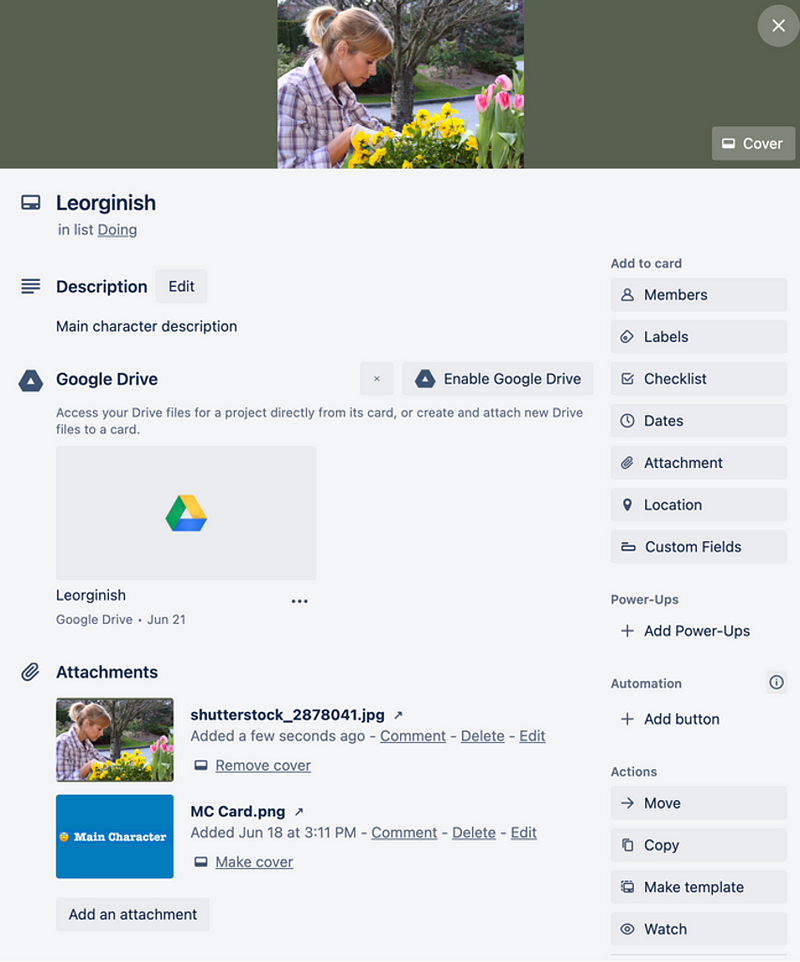
Move your completed Main Character Card to the “Done” list and consider archiving it to maintain a tidy workspace.
Crafting Your First Scene Card
- Create a Google Docs document for your first scene, using your preferred naming convention.
- Replace the title in the “Act I” list with a phrase that describes the scene.
- Attach the scene document and write your first scene.
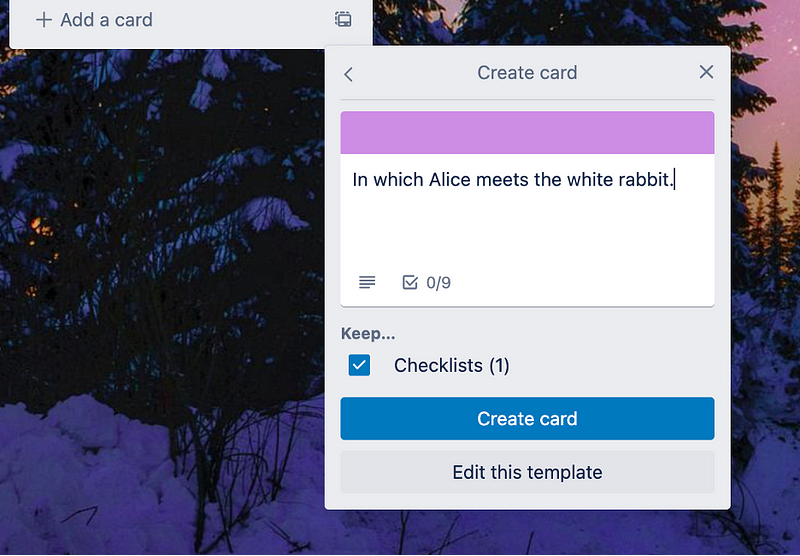
- Move your scene card to the “Doing” list, and upon completion, transfer it to the “Done” list.
Good luck with your writing journey!

Additionally, to enhance your writing experience, you might find the following videos helpful:
Essential Writing Tools for Authors
Explore free writing software and applications that can assist you in your writing endeavors.
Must-Have Platforms for Aspiring Writers
Learn about essential tools and platforms that simplify the writing, developing, and editing process for beginners.
You just read another insightful article from the Book Mechanic, your go-to resource for writers and creators eager to enhance their craft and increase their sales.